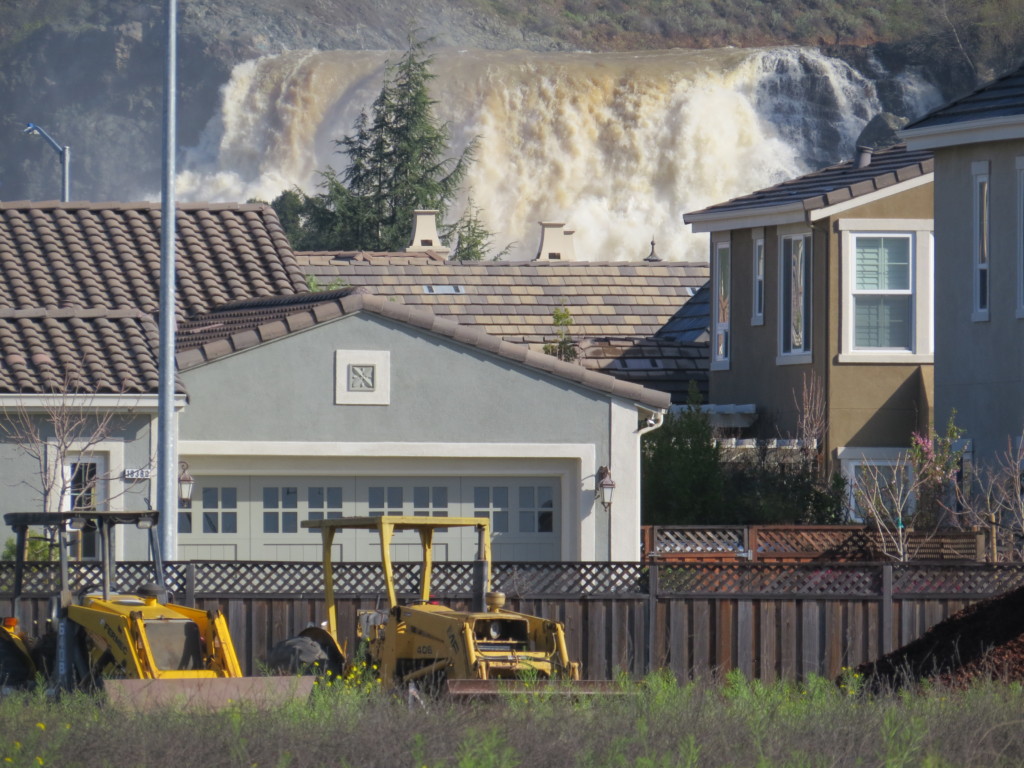Community Voices by John Varela: Valley Water board approves next steps in fixing Anderson Dam
Draining reservoir is first step at seismically retrofitting Anderson Dam to safety levels

By John Varela

John Varela
Valley Water has many critical projects in various stages of development, including flood protection projects, infrastructure improvements and work to protect our environment. But our top priority remains an effort to retrofit and strengthen Anderson Dam, home to Santa Clara County’s largest reservoir, so it can safely withstand a strong earthquake.
Recently, our board of directors took a step toward achieving this goal by approving the preliminary project description to empty Anderson Reservoir beginning Oct. 1 to the lowest practicable level possible.
Draining the reservoir is the first in a series of activities aimed at seismically retrofitting Anderson Dam to modern-day safety levels.
Our project team is also preparing to begin construction of a larger low-level outlet tunnel in early 2021, which will allow us to better manage the reservoir level, and as a result minimize the risk to public safety. We anticipate construction will begin in early 2021 and last 18 to 24 months.
Once the outlet tunnel is built, Valley Water will begin work on retrofitting the dam itself. That project is currently estimated to begin in 2024 and will last about seven years.
Our efforts to drain the reservoir and expeditiously build an outlet tunnel is in response to directives Valley Water received Feb. 20 from the Federal Energy Regulatory Commission (FERC), the agency that has oversight of Anderson Dam.
FERC also directed Valley Water to maintain Anderson Reservoir at about 35 percent of capacity until we begin to empty it this fall and continue to work swiftly to design and secure the necessary permits for the seismic retrofit.
 Valley Water has complied with all the directives since receiving the order from FERC, and we remain on target to comply with all the requirements.
Valley Water has complied with all the directives since receiving the order from FERC, and we remain on target to comply with all the requirements.
Valley Water will drain Anderson Reservoir in a safe manner, doing this gradually so as not to harm the creek channel, our water supply, or the environment. Valley Water plans to put the water currently in Anderson Reservoir to beneficial use by sending usable water to our three drinking water treatment plants and recharging the groundwater basins. Other measures that will be taking place as we build the low-level outlet include downstream flood protection mitigation to Coyote Creek.
We want the creek to be able to handle greater flows from the reservoir once the larger outlet tunnel is complete. We remain optimistic that a bill making its way through the California State Legislature will soon pass and make changes in law that will help facilitate the expedited and expert construction of Anderson Dam.
The Expedited Dam Safety for Silicon Valley Act, a bill sponsored by Valley Water and authored by Assembly Member Robert Rivas (D-Hollister), was recently passed by the State Assembly with unanimous, bipartisan support. The bill is headed to the California Senate for further consideration.
One question that I’ve heard on multiple occasions is why is it taking so long to fix Anderson?
Since Valley Water first began efforts to strengthen the dam in 2012, the scope of the project has significantly expanded. Valley Water learned in 2016 that the dam itself needed a greater retrofit than originally thought, and the project doubled in size.
In 2017, the state Division of Safety and Dams changed the design criteria for spillways, which required the existing spillway at Anderson be completely replaced as opposed to repaired.
Despite these hurdles, we are making progress, and I am optimistic that we have the momentum needed to get this project completed.
John Varela is a member of the Valley Water board of directors. Contact him at [email protected], or visit their website at www.valleywater.org/anderson-dam-project.
- Guest column by Jaci Muro: Gilroy Foundation supports young people with college scholarships - March 30, 2024
- Your Retirement … with Marisa Otto: Financial freedom can be a great gift for you and your family - March 30, 2024
- Your Garden … with Sharon McCray: Oxalis Californica can be an amazing addition to your garden, or a nuisance - March 30, 2024
